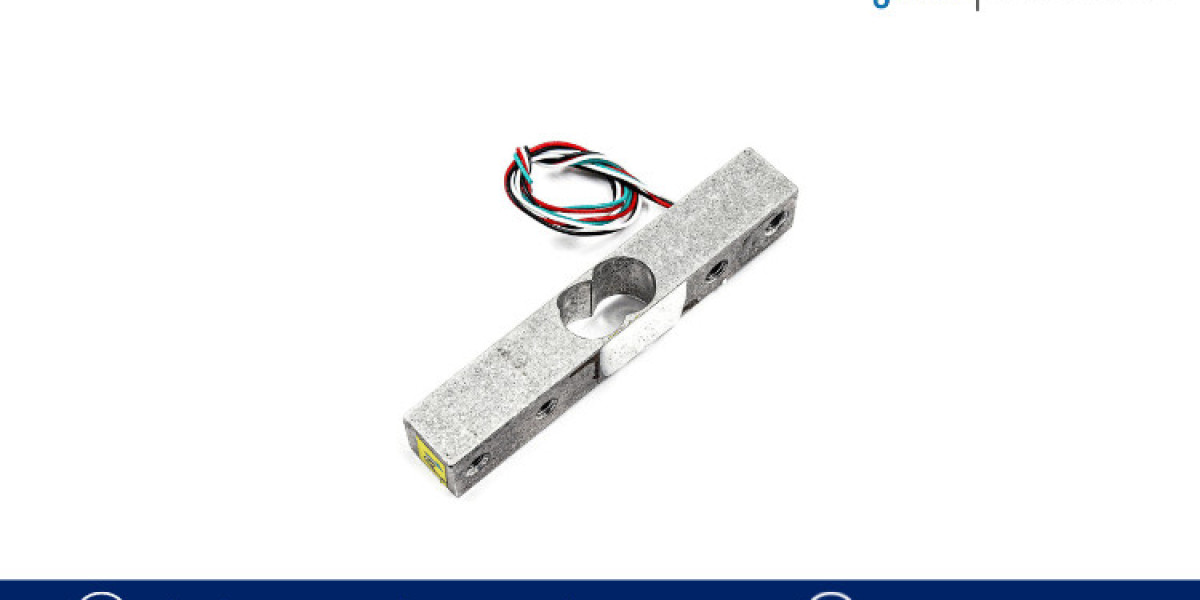Power plant turbine play a critical role in the generation of electrical power, serving as the cornerstone of modern energy production. At Allied Power Group, we recognize the significance of these intricate machines in transforming thermal energy into mechanical energy, which is then converted into electrical power. In this comprehensive guide, we will explore the essential aspects of power plant turbines, including their types, operational principles, and advancements in technology.
Types of Power Plant Turbines
Power plant turbines are primarily classified into three categories based on their operational principles and design: steam turbines, gas turbines, and hydraulic turbines. Each type plays a distinct role in power generation and is chosen based on the specific needs and conditions of the power plant.
1. Steam Turbines
Steam turbines are among the most common turbines used in power generation. They operate on the principle of converting steam's thermal energy into mechanical energy. Here’s a detailed look at their structure and functionality:
Design and Operation: Steam turbines consist of a rotor and a series of blades arranged in a specific pattern. High-pressure steam is directed onto these blades, causing the rotor to spin. The mechanical energy from the spinning rotor is then used to drive a generator, producing electricity.
Efficiency Factors: The efficiency of a steam turbine is influenced by factors such as steam temperature, pressure, and the turbine's design. Advanced materials and engineering techniques have significantly improved efficiency in modern steam turbines, allowing them to operate at higher temperatures and pressures.
Applications: Steam turbines are widely used in coal, nuclear, and geothermal power plants. They are ideal for applications requiring continuous and stable power generation.
2. Gas Turbines
Gas turbines, also known as jet engines or turbo engines, are another pivotal component in power generation. They operate on the Brayton cycle, where compressed air is mixed with fuel, ignited, and expanded to produce mechanical energy.
Design and Operation: Gas turbines consist of three main sections: the compressor, the combustor, and the turbine. The compressor increases the pressure of the incoming air, which is then mixed with fuel and ignited in the combustor. The high-energy gases from combustion drive the turbine blades, which in turn generate mechanical power for electricity production.
Efficiency and Performance: Gas turbines are known for their high power-to-weight ratio and rapid start-up capabilities. They are particularly effective in peaking power plants where quick response times are crucial. Modern gas turbines also incorporate advanced materials and cooling techniques to enhance efficiency and performance.
Applications: Gas turbines are commonly used in combined-cycle power plants, where their waste heat is utilized to generate steam for a steam turbine, thereby increasing overall efficiency. They are also used in industrial applications and transportation.
3. Hydraulic Turbines
Hydraulic turbines are designed to convert the energy of flowing water into mechanical energy. They are a critical component in hydroelectric power plants.
Design and Operation: Hydraulic turbines work by directing water flow onto turbine blades, causing them to rotate. The rotational energy is then transferred to a generator to produce electricity. Different types of hydraulic turbines, such as Pelton, Francis, and Kaplan turbines, are designed for varying water flow conditions and head heights.
Efficiency Considerations: The efficiency of hydraulic turbines depends on factors such as water flow rate, head height, and turbine design. Modern hydraulic turbines are optimized for different hydrological conditions to maximize energy conversion.
Applications: Hydraulic turbines are primarily used in hydroelectric power plants, which harness the kinetic energy of flowing water to generate electricity. They are also employed in some industrial applications where water flow is a key factor.
Technological Advancements in Power Plant Turbines
The field of power plant turbines has witnessed significant technological advancements aimed at improving efficiency, reducing emissions, and enhancing overall performance. Some of the notable advancements include:
1. High-Temperature Materials
The development of advanced materials capable of withstanding high temperatures and pressures has revolutionized turbine technology. Superalloys and ceramic matrix composites are now used in turbine blades and components, allowing for higher operating temperatures and improved efficiency.
2. Advanced Cooling Techniques
Modern turbines incorporate advanced cooling techniques, such as air and steam cooling, to maintain optimal operating temperatures and prevent component degradation. These cooling technologies help increase turbine performance and extend the lifespan of critical components.
3. Digital Controls and Automation
The integration of digital controls and automation systems has enhanced the operational efficiency and reliability of power plant turbines. Advanced monitoring and control systems enable real-time performance optimization, predictive maintenance, and improved safety protocols.
4. Combined-Cycle Power Plants
The development of combined-cycle power plants, which utilize both gas and steam turbines, has significantly improved overall efficiency. By capturing and reusing waste heat from gas turbines to generate steam for steam turbines, these plants achieve higher thermal efficiencies compared to single-cycle systems.
Maintenance and Operation of Power Plant Turbines
Effective maintenance and operation are crucial for ensuring the longevity and performance of power plant turbines. Regular inspections, maintenance schedules, and operational best practices are essential components of a successful turbine management program.
1. Scheduled Maintenance
Routine maintenance, including inspections, cleaning, and part replacements, is vital for preventing unexpected failures and ensuring optimal turbine performance. Maintenance schedules should be tailored to the specific type of turbine and its operational conditions.
2. Performance Monitoring
Continuous monitoring of turbine performance metrics, such as temperature, pressure, and vibration, allows for early detection of potential issues and enables timely corrective actions. Advanced monitoring systems provide valuable data for optimizing turbine operation and predicting maintenance needs.
3. Operational Best Practices
Adhering to operational best practices, such as maintaining proper operating conditions and avoiding overloading, helps extend the lifespan of turbines and maximize their efficiency. Training and education for operators are also critical for ensuring safe and effective turbine operation.
Conclusion
Power plant turbines are integral to the generation of electrical power, with each type serving a specific role in energy production. Advances in technology, materials, and maintenance practices continue to drive improvements in turbine efficiency and performance. At Allied Power Group, we are committed to staying at the forefront of these developments, ensuring that our clients benefit from the latest innovations in power plant turbine technology. Understanding the complexities and advancements in turbine technology is essential for optimizing power generation and achieving sustainable energy solutions.



